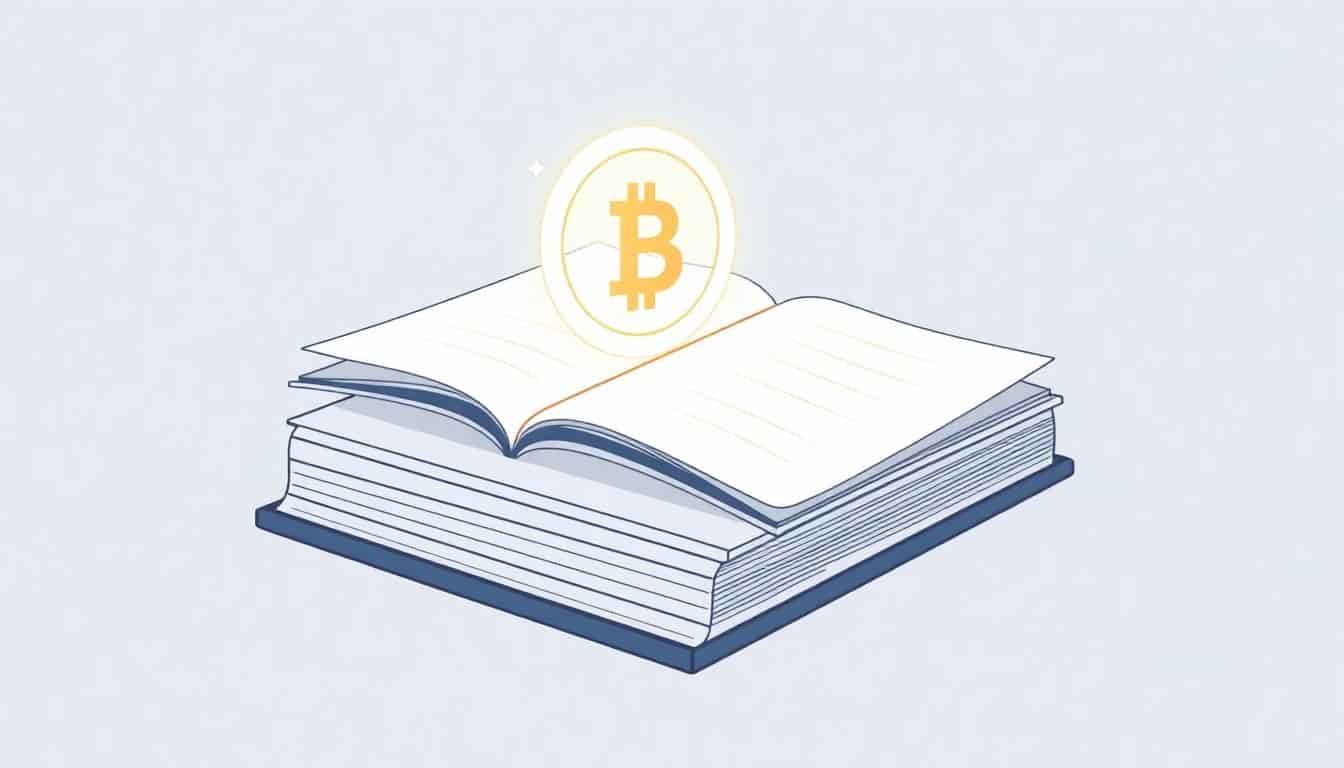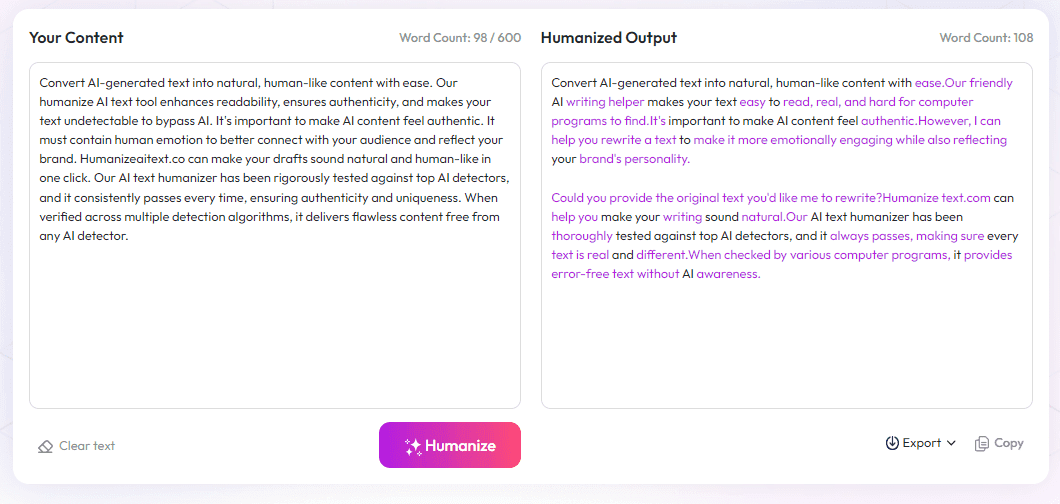Table of Contents
NFTs in publishing are changing the way authors and publishers handle their work. They offer new ways to prove ownership, sell digital copies, and connect directly with readers. If you're curious about how these digital tokens can benefit your publishing journey, keep reading. I'll give you a simple overview of what NFTs are, how they can be useful, and practical ideas to get started with in your publishing efforts.
Key Takeaways
Key Takeaways
- NFTs in publishing let authors prove ownership, sell digital copies, and connect directly with readers, offering more control and new revenue options.
- They use blockchain for tamper-proof proof of ownership and enable automatic royalty payments through smart contracts, making earnings fairer.
- Authors can create exclusive editions, run digital marketing campaigns, and pre-sell content via NFTs, building stronger reader engagement.
- Tokenizing rights and licenses makes content management more flexible and transparent, simplifying licensing and transfer processes.
- The market is growing fast with major platforms like Ethereum dominating, and the average sale price around $940 shows wider adoption.
- NFTs are aligning with broader digital trends, connecting to virtual worlds and digital assets, opening new ways for audience reach and income.
- Legal clarity about rights is essential since NFTs typically only prove ownership, not copyright, requiring clear licensing agreements.
- Using eco-friendly blockchain options helps reduce the environmental impact, as sustainability concerns grow in NFT publishing.
- Risks like market fluctuations and security issues exist, so publishers should work with trusted platforms, secure wallets, and keep records.
- Real-world projects show that NFTs can boost sales, enhance audience loyalty, and turn books or content into collectible items.
- To start, plan your content, choose the right platform, set pricing, promote actively, and listen to community feedback for improvement.

Imagine a world where books and content are not just static files but unique digital assets secured by blockchain technology. That’s what NFTs in publishing are all about. NFTs, or non-fungible tokens, are digital certificates of ownership stored on a blockchain, proving that a particular work is one-of-a-kind or scarce. When applied to books and written content, NFTs enable authors and publishers to sell digital copies as exclusive items, track ownership, and even create new revenue streams. This technology allows you to mint a book as an NFT, meaning each copy is a verified, tamper-proof digital asset. As of 2025, over 85 million NFTs have been minted globally, and the market is valued between $34.1 billion and $49 billion, showing how rapidly this space is growing (source). This surge indicates that more publishers are experimenting with how NFTs can revolutionize rights and royalties management.
So, how do NFTs really change the publishing game? First, they provide a transparent way to authenticate and prove ownership of digital works. Instead of relying on traditional copyright registration, the blockchain acts as a public ledger that shows who owns what, making it impossible to forge or duplicate an NFT falsely. This shift simplifies rights management and helps protect authors’ intellectual property.
One of the standout benefits is the automation of royalty payments. Smart contracts—self-executing contracts with terms directly written into code—can enforce ongoing royalties from secondary sales. For example, if a reader resells an NFT edition of a book, the author automatically receives a percentage of each transaction, ensuring they’re paid fairly without waiting for manual payment processes (more on royalties). Over 80% of creators are already using such smart contracts, showcasing how prevalent this feature has become.
Authors and publishers also gain the ability to connect directly with their readers through NFTs. Instead of relying solely on traditional book stores or aggregators, they can launch exclusive NFT editions, offer special access, or create community tokens that foster closer relationships. This approach cuts out middlemen and gives everyone more control over the content and its distribution.
Additionally, NFTs pave the way for innovative marketing strategies such as limited editions and collaborations. Imagine releasing a rare artwork or author-signed digital edition as an NFT, turning a standard release into a collector’s item. This creates excitement, drives sales, and builds buzz around new works (see some creative uses).
Furthermore, the potential for crowdfunding is expanding through NFTs. Authors can pre-sell NFTs representing future books, special chapters, or exclusive content, giving fans a stake in upcoming projects. This model not only raises funds upfront but also nurtures a community of dedicated readers.
Tokenizing intellectual property rights is another powerful feature. By converting rights and licenses into NFTs, publishers can track, transfer, or sublicense them easily, providing more flexibility and clarity in licensing negotiations. With the right platform, managing these digital licenses becomes faster and less prone to disputes (learn more about publishing options).
In the world of 2025, the infrastructure supporting NFT publishing is robust, with numerous platforms and tools making it easier to mint, sell, and transfer NFTs. Leading platforms like Ethereum power almost 62% of NFT transactions, showing their dominance. As the market matures, the average sale price has stabilized around $940, signaling broader adoption and acceptance among buyers and sellers.

How NFT Publishing Is Aligning with the Broader Digital Economy
NFTs in publishing are starting to connect with the larger trends in the digital economy, creating new opportunities for authors and publishers.
As more industries adopt blockchain-based ownership and royalty systems, publishing is naturally moving toward more transparent and decentralized models.
This alignment allows for more seamless integration with other digital assets like virtual real estate, gaming items, and digital art, opening new revenue streams.
For example, authors can collaborate with virtual worlds or metaverse platforms to showcase NFTs of their works, expanding audience reach.
Also, partnerships with payment processors and digital wallets make buying and reselling NFTs more straightforward, encouraging broader participation.
Keeping an eye on these trends helps publishers stay competitive while offering readers innovative ways to engage with content.
Legal and Copyright Considerations in NFT Publishing
Getting your head around the legal side of NFT publishing is crucial before diving in.
NFTs do not automatically transfer copyright; instead, they usually serve as proof of ownership or limited rights, which means clear licensing terms are essential.
Authors should specify whether buyers get the right to reproduce, share, or commercialize the content associated with the NFT.
There’s also the question of jurisdiction—laws vary by country, so understanding local regulations on digital assets and intellectual property is smart.
Using secure, well-documented smart contracts can help prevent disputes and clarify rights, but consulting with a legal expert is always a good move.
Lastly, be aware of potential copyright infringement issues if your NFT contains content licensed from others; always verify rights before minting.
Environmental Impact and Sustainability of NFTs in Publishing
One hot topic around NFTs is their environmental footprint, especially with energy-heavy blockchains like Ethereum.
In 2025, many creators are shifting toward more sustainable platforms or using layer-2 solutions that use less energy.
For publishers, choosing an eco-friendly blockchain—such as Solana or Polygon—can be a way to support sustainability while still leveraging NFTs.
Some companies are even offsetting their carbon emissions through investing in renewable energy projects, making NFT publishing less of a guilt trip.
Knowing the environmental impact can help you decide whether blockchain is a responsible route for your publishing goals.
As the market evolves, expect more platforms to offer greener options, making sustainable NFT projects easier to implement.
Potential Risks and How to Mitigate Them in NFT Publishing
NFT publishing isn’t without its risks, and understanding them helps you avoid costly mistakes.
Market volatility can lead to fluctuating NFT prices, so don’t rely solely on selling NFTs for income.
There’s also the danger of smart contract bugs or security breaches that could compromise your digital assets or funds.
Using reputable platforms, employing secure wallets, and working with experienced developers reduces these risks.
Keep copies of all licenses and transaction records, since blockchain isn’t always easy to reverse or dispute.
And remember, the legal landscape is still catching up—so staying informed about copyright laws and platform policies is vital.
Case Studies: Successful NFT Publishing Projects
Looking at real-world examples can give you a better idea of how NFT publishing works in practice.
For instance, some authors have released special editions as NFTs, selling out quickly and earning extra royalties on resales.
Independent publishers have tokenized back catalogs, allowing fans to own a piece of a series or a library.
Hybrid projects, combining digital books with exclusive artwork or behind-the-scenes content, have also gained popularity.
Studying how these projects structured their smart contracts, marketing, and community engagement can serve as a blueprint for your own efforts.
Platforms like (https://vessels.io/) and (https://book.io/) showcase successful models worth exploring.
Adopting NFT Strategies in Your Publishing Business
If you’re thinking of integrating NFTs into your publishing workflow, start with a clear plan.
Identify what type of content you want to mint as NFTs—rare editions, exclusive access, or rights tokens.
Set realistic goals for sales or audience engagement, and choose platforms that fit your needs and budget.
Develop a marketing plan that leverages social media, existing fan bases, and partnerships to generate buzz.
Experiment with different formats—digital art, audio, videos—to see what resonates most.
And finally, collect feedback from your community to refine your approach over time.
How to Get Started with NFT Publishing: Practical Steps
Ready to dip your toes into NFT publishing? Here’s how to get started step-by-step.
- Research different blockchain platforms—Ethereum, Polygon, Solana—and choose what suits your budget and sustainability goals.
- Set up a secure digital wallet compatible with your chosen platform.
- Create or prepare your digital content, ensuring licensing rights are clear.
- Mint your NFTs using a trusted platform like (https://opensea.io/) or (https://rarible.com/), following their step-by-step guides.
- Price your NFTs based on market data—an average of around $940 suggests a healthy starting point.
- Promote your NFTs through social media, email newsletters, or partnerships with other creators.
- Engage with your community, listen to feedback, and adjust your strategy as needed.
Keep in mind, staying updated with latest trends and platform updates enhances your chances of success.
FAQs
NFTs enable publishers to verify ownership, streamline licensing, and transfer rights securely. They also facilitate clear tracking of rights across different regions and platforms, reducing disputes and enhancing control over creative assets.
NFTs offer direct sales, royalty automation, and authentic ownership verification. They help authors connect directly with readers and create exclusive editions, expanding revenue and reducing reliance on traditional intermediaries.
NFTs can represent exclusive pre-order access or special edition copies, encouraging community support. They provide a transparent method to raise funds upfront while offering unique rewards to backers.
Publishers should evaluate the technological skills required, legal implications, environmental impact, and potential customer interest. It's also important to explore platform compatibility and long-term value for digital assets.



